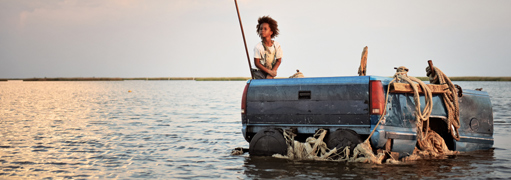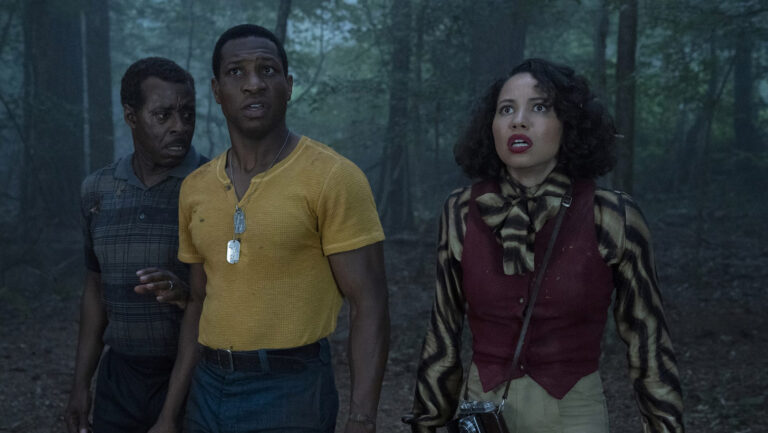Film Review: 6-Year-Old Actress Wows In Postapocalypic Indie Beasts Of The Southern Wild
Swampy Survival Tale Serves Up A Gumbo Of The Real And The Fantastical


Just because the world is ending doesn’t mean we can’t celebrate.


